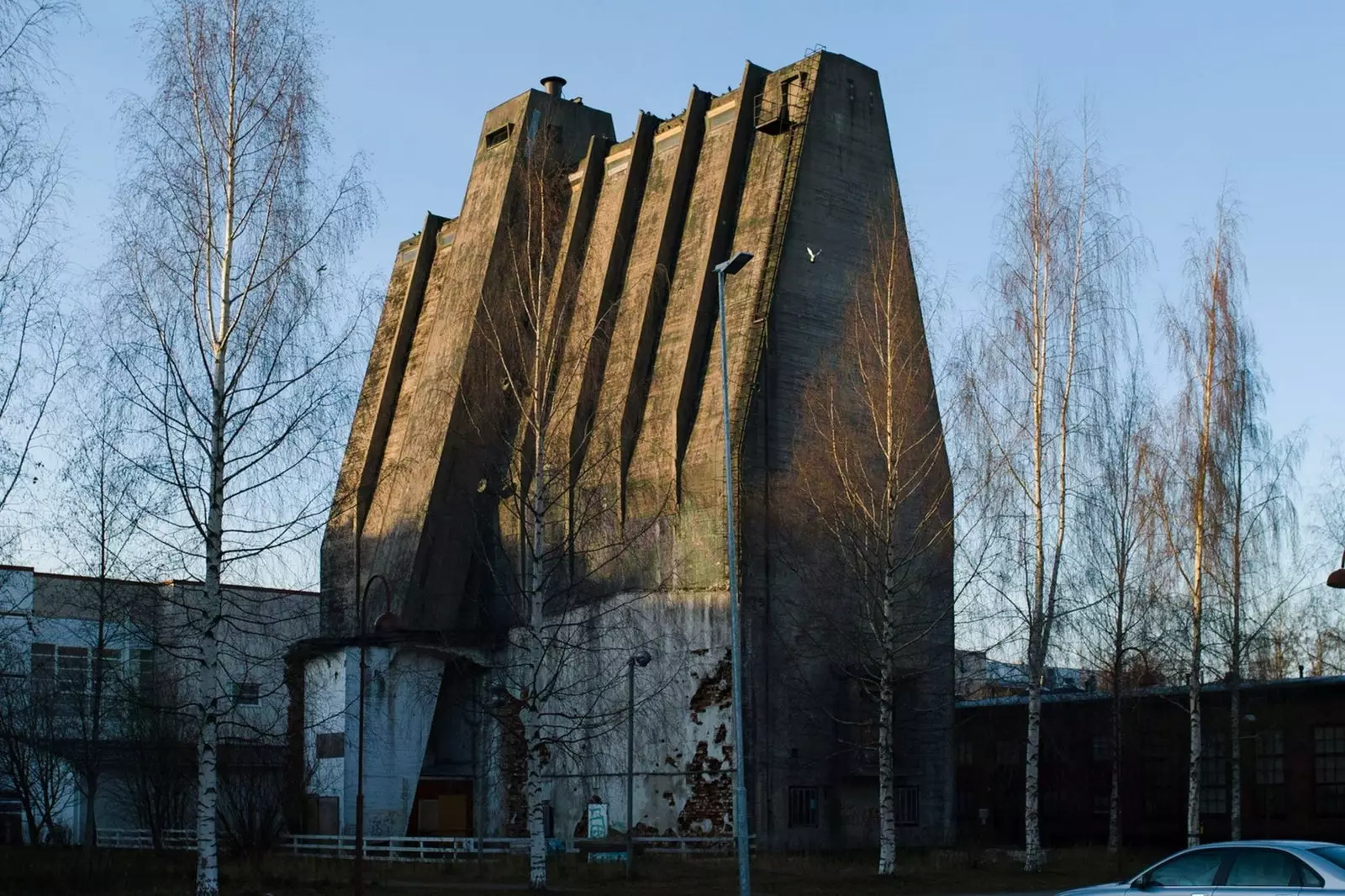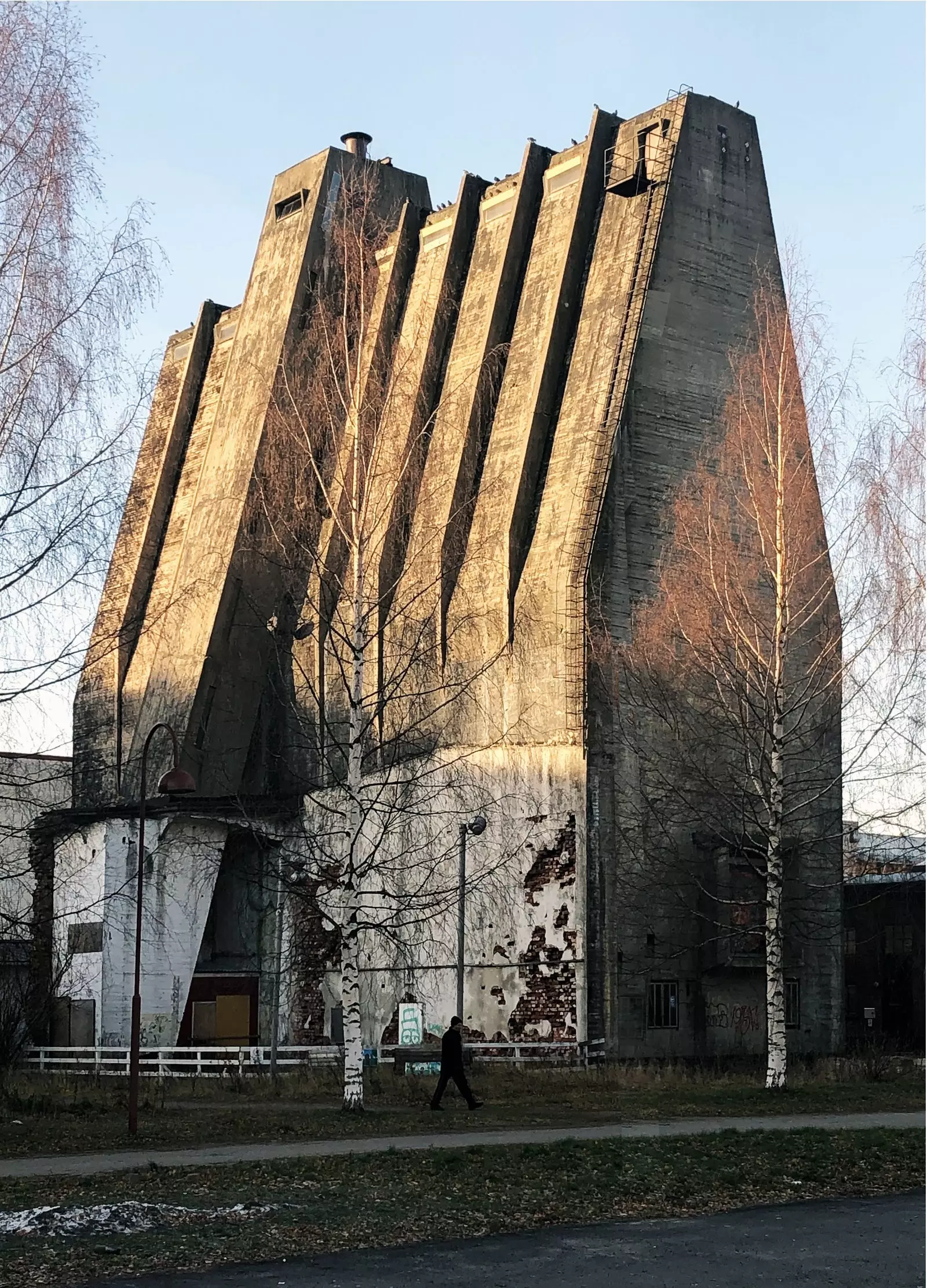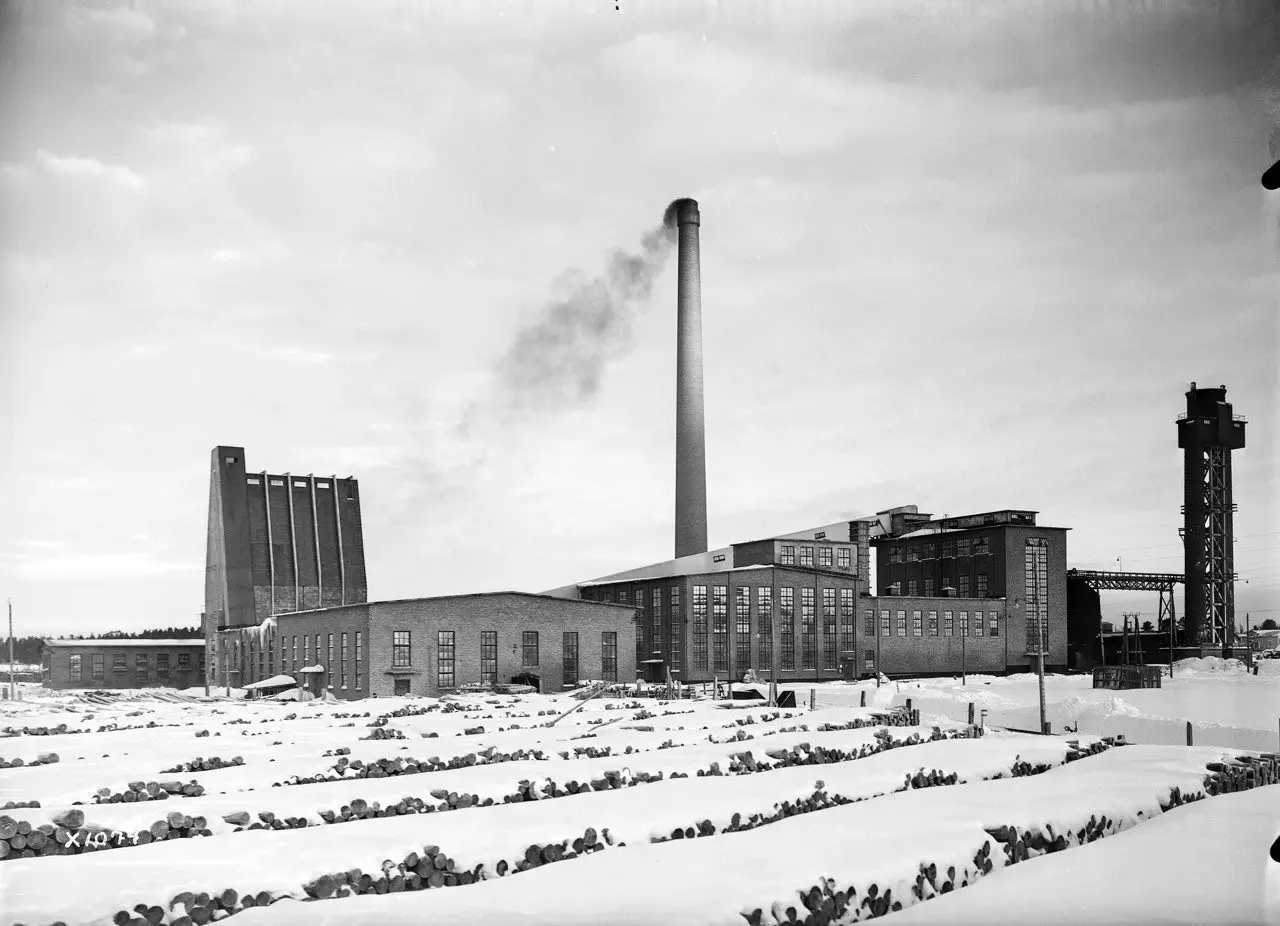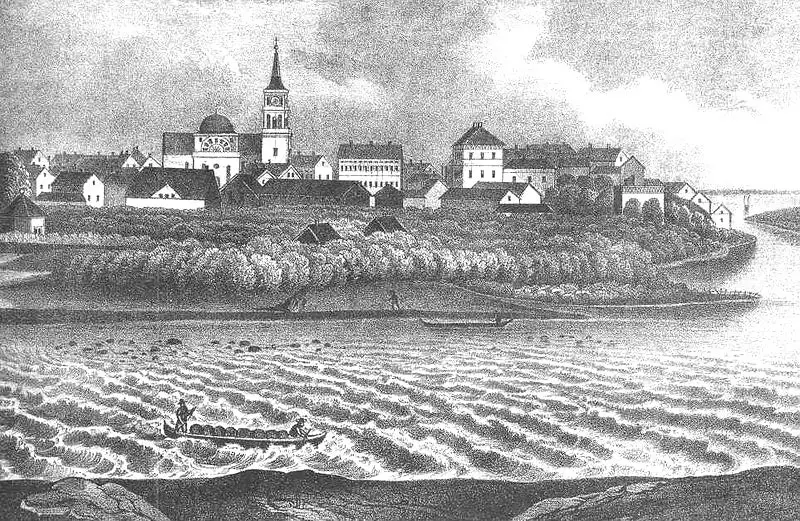
Alvar Aalto's Silo, located in the Finnish city of Oulu
Here is an example that not only the phoenix is capable of rising from its ashes. The Silo of Alvar Aalto (AALTOSIILO) -which stored wood chips- is undergoing a metamorphosis that is the work of the Factum Foundation and the renowned architecture studio Skene Catling de la Peña, who since last august They are in charge of transformation.
The objective? Convert the iconic and brutalist concrete relic cathedral-like in a research Center that promotes conservation and architecture reuse.

AALTOSIILO will make visible the environmental impact of the industry
The melting and collapse of industrial architecture they are proof of a climate change that will not only affect the northern countries, and giving a second life to the monuments that are deteriorating over time was decisive for the Factum Foundation and Skene Catling de la Peña.
In this way, in addition to becoming a point where you can digitize and communicate the importance of northern industrial architecture, AALTOSIILO it will also make visible the impact the industry has had on the environment: the visualization of the electromagnetic energy of the northern lights , the rethinking of use of paper and tracking marine pollution will be some of the leading issues.
"The form must have a content, and that content must be linked to nature", he said in his day Alvar Aalto , who along with Finnish architect Aino Aalto gave life to the silo in 1931. The structure was erected in a pulp production plant located on the outskirts of the city of Oulu, on the edge of the Arctic Circle.
While from the end of the 17th century, Oulu was the largest center of world tar production , today the city is the epicenter of Finland's technological revolution: they have settled in it game companies and experimentation of materials.

Toppila pulp mill
It was in the 20th century, with the spread of printing , when Alvar and Aino Aalto embarked on the design of the construction, since cellulose production played a key role in the economy.
AALTOSIILO became known internationally in 1931 after being photographed by the famous Bauhaus professor Laszlo Moholy-Nagy and is included in the list of "Architectural Areas of National Importance", protected under the classification of "SR-1 Nationally Significant Listed Building."
In recent years, cellulose has been pushed to one side and attention has focused on other derivatives of (sustainably grown) wood, such as lignum and nanocellulose -used, among other uses, to promote 5G and 6G communication systems.
"God created paper in order to draw architecture on it. Everything else is, at least for me, an abuse of the role," he said. Alvar Aalto.
While the silo toppila district is being rejuvenated, its neighbors have also been modified: one is a nursery, others are climbing centers, a trampoline and a local recycled products.
"The Toppila pulp mill is a key project in Aalto's career. Like his first mill complex, it was a predecessor to later industrial sites such as Sunila, Inkeroinen and Summa. Completed in 1931, the building is an example of the first functionalist architecture in Finland," said Jonas Malmberg, of the Alvar Aalto Foundation.

19th century drawing of Olulu
The building has an area of 258 square meters , nestled in a land of 1,494 square meters. Inside there is a unique space 28 meters high with three suspended hoppers. It is a multipurpose public space that, according to the team in charge of the reform, can function as "cabinet of curiosity".
Skene Catling de la Peña and the Factum Foundation work together with a team of structural engineers, service engineers, quantity surveyors and conservation architects specializing in historic structures. The group of experts will serve as a bridge between United Kingdom, Spain and Finland.
On the other hand, to carry out the activities of the research center, a network of collaborators from Finland, Sweden and Norway.
In turn, an agreement has been signed with the Oulu University of Applied Sciences (OAMK) and another one is being finalized with the University of Oulu, as well as established affiliations with the Aalto Foundation, Aalto University, Oslo Center for Critical Architectural Studies and with local and international artists.
Although the reopening date is unknown at the moment, The works will start this May.
